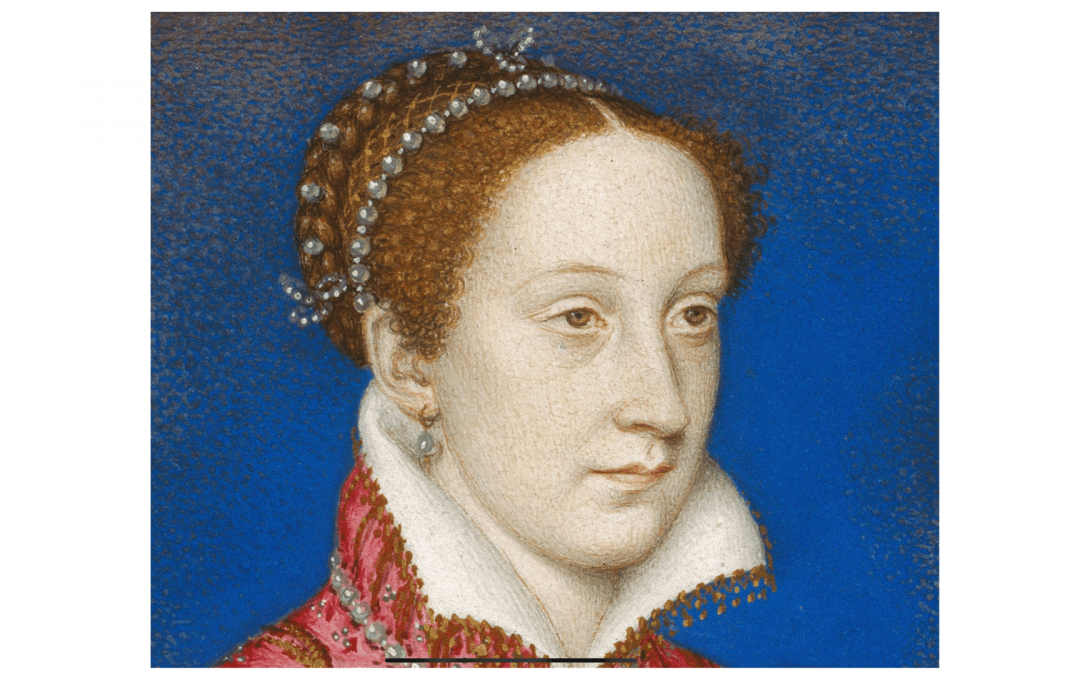The “on this day” site tells me that the Northern Rebellion started on 9th November in 1569. The rebels seized Durham on the 14th November. It depends what you mean by beginning. The persecution of Catholics had been going on throughout Elizabeth’s reign.
Mary Queen of Scots had been forced to flee Scotland the year before. She was seen by both sides as an alternative to Queen Elizabeth. Thomas Howard, Duke of Norfolk, planned to marry Mary, and that scared Elizabeth into action. She summoned Thomas Percy and Charles Neville, the earls of Northumberland and Westmoreland, to London, since they had been blocking the appointment of Protestants to important posts in the north. They probably thought they had a better chance of keeping their heads by rebelling than travelling to London. Elizabeth moved quickly to quash their rebellion. Her army of 14,000 men soon defeated the rebel army of 6,000. Charles Neville fled.
The Scottish lords forced Mary to flee Scotland when she married Earl Bothwell, who had murdered her previous husband, Lord Darnley. It’s like a TV soap, isn’t it! My interest, of course, is that Anthony Standen had travelled to Edinburgh with Lord Darnley when he went to marry Mary. Standen saved Mary’s life when Darnley and his uncle, murdered her secretary, David Rizzio. Mary knighted Standen for that, or at least that’s Standen’s version.
I adopted Charles Neville as an antagonist for Sir Anthony Standen, in my first novel, The Spy who Sank the Armada. There is no record that they were antagonists, but they were both in the right places at the right times. I write historical fiction. I will not ignore documented history, but I will weave a story through it, if it’s plausible. My aim is to give readers an account of history, in an entertaining way. I hope I do, let me know what you think via my contact page.

